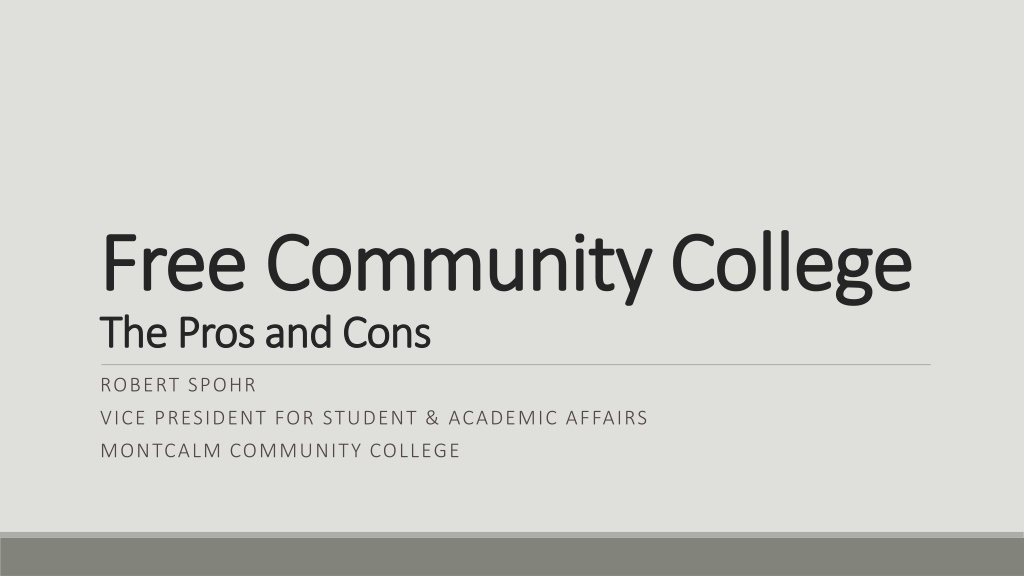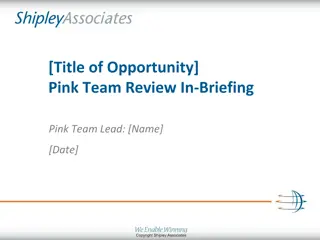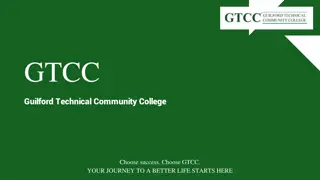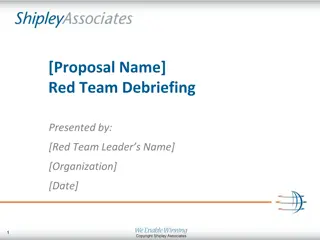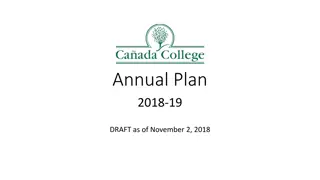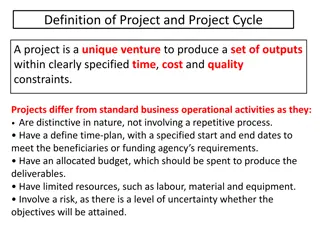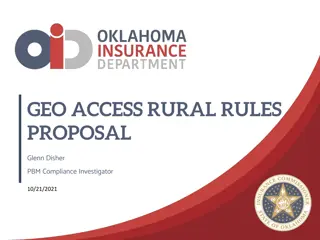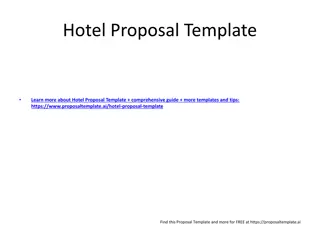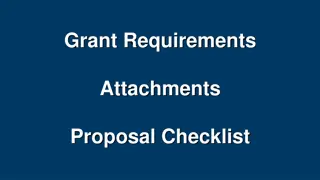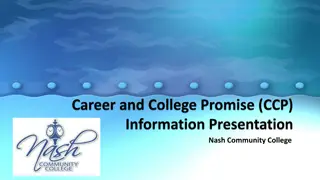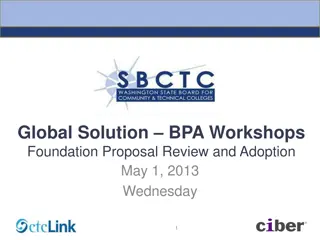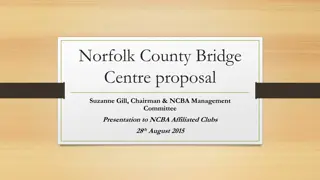Free Community College Proposal and Implementation Plan
The proposal for free community college aims to lower costs and increase accessibility, with the federal government covering 75% of average costs and states picking up the remaining 25%. Requirements include maintaining a minimum GPA, attending full-time, and adopting institutional reforms. Historical context dates back to the Truman Commission's 1947 K-14 model proposal. The College Promise Bill introduces an $80 billion plan over ten years, with a focus on Minority Serving Institutions. Key aspects involve aligning high school and college curricula and providing more student support.
Download Presentation

Please find below an Image/Link to download the presentation.
The content on the website is provided AS IS for your information and personal use only. It may not be sold, licensed, or shared on other websites without obtaining consent from the author. Download presentation by click this link. If you encounter any issues during the download, it is possible that the publisher has removed the file from their server.
E N D
Presentation Transcript
Free Community College Free Community College The Pros and Cons The Pros and Cons ROBERT SPOHR VICE PRESIDENT FOR STUDENT & ACADEMIC AFFAIRS MONTCALM COMMUNITY COLLEGE
Main Points Lower the Cost of Community College to $0 Have to earn it Keep your grades up Graduate on-time Two years of college is as free and universal as high school is today
College Promise Bill Introduced Introduced in House and Senate $80 billion over ten years $10 billion grant added, aimed at Minority Serving Institutions and Historically Black Colleges and Universities
The Nuts and Bolts Federal government covers 75% of average cost of community college. State picks up other 25% Family AGI > $200,000 do not qualify Reforms required include Federal grant award to states that agree to waive community college resident tuition and fees Providing more advising Provide more student support Better aligning high school and college curriculum to reduce remedial education
The Nuts and Bolts (continued) Community colleges would be required to adopt promising and evidence-based institutional reforms to improve student outcomes. Students must maintain a minimum 2.5 GPA Students must attend at least time Eliminates tuition and fees for up to three years
The Nuts and Bolts (continued) First time students only States must provide a narrative plan on better aligning post-secondary education within the state States must provide an explanation of how the state will promote the improved performance of public institutions of higher education through funding reform Provision aimed at preventing state disinvestment
Historical Context The Truman Commission proposed a free K-14 model in 1947 In the late 90s ACCT created a list of recommendations
CON PRO Importance of education, community colleges specifically, to the forefront of conversation Nothing is free. Free means no value I hear you are going to work for free
CON PRO 2.5 GPA requirement, current is 2.0 for financial aid This would reduce student loan debt First dollar, so Pell still in play. What if they don t finish?
CONS PRO New unfunded mandates More students would go to community colleges More students does not equal financial stability
CONS PRO This is more than many states pay now More federal accountability No college student left behind? Federal government picks up the majority, states only provide 25%
CONS PRO Oregon and Washington already provide models States required to allocate a significant portion of funding based on performance.
CONS PRO let s stay ahead of the curve We are already behind, many countries provide free college education
CONS PRO Average cost = $3,800 per year Under the proposal, the federal government would cover 75 percent of the average cost of community college. $126.67 per credit hour (30 credits per year)
Additional Issues Not all programs qualify Credits have to be transferrable Occupational programs must have high completion rates Occupational programs must lead to a degree or certificate in a high demand field
Where we are today Community college presidents starting to work on proposal AACC and ACCT have been working the issue for years.
ACCT & AACC Recommendations Reliable financing for planning and enticing state partners Program eligibility/participation must be stable to allow students to plan Program must be first dollar allowing other forms of financial aid Clear standards for program eligibility is essential. Accurate measurements of community college performance must be included in Higher Education Act
Recommendations(continued) Funding must be able to be used for student support States must be required to maintain current levels of funding for institutions and student financial aid Current standards of satisfactory academic progress should be used (2.0 GPA)
